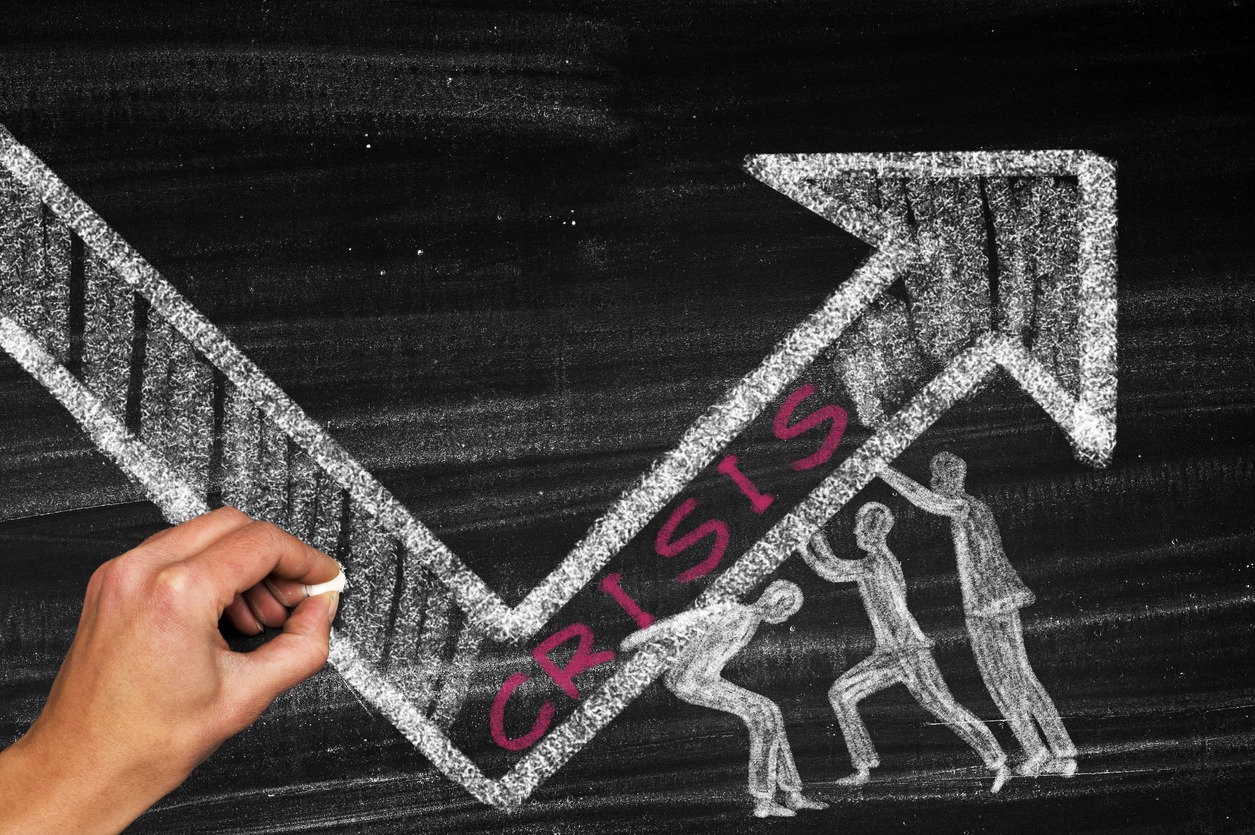
Why preparation is a must.
If you’re trying to coach an executive through a crisis as it’s happening, you’re too late.
Comms pros need to establish a plan – and have a seat at the executive table – well in advance of a crisis for it to have any value, said Leslie Scott, managing director of global response and corporate communications at United Airlines.
“You cannot coach people while there’s a crisis,” Scott said. “You can advise them and you can give them messaging. But you can’t say ‘here’s how to talk to the media or answer this question’ during a crisis.”
While major airlines are highly visible and often scrutinized, any organization can benefit from solid preparation ahead of crises, she said. This is because if the plan is in place, if you know the playbook, if you’re already included in decision-making, then executing will be a much smoother process.
It’s also why it’s imperative for comms teams and leadership to interact frequently, Scott said.
“As an airline, we are such a consumer-facing brand and we deal with a lot of issues,” Scott said. “But our chief comms officer is on the (executive) team. He is talking to our CEO everyday about the issue du jour. Even something that seems very pedestrian and non-controversial can take off like wildfire. So, at United, we’re an integral part of decision-making because people understand the consequences of not including us.”
There are a couple of staples Scott said organizations can rely on to help comms teams prep their executive teams. CEOs aren’t always camera-ready pros.
“It’s so much easier for everyone if we are a part of the process on the front end and can advise and help with planning, rather than just being reactive,” she said. “Because your people will change. Your ways of communicating will change. Best practices will change.”
To execute a crisis plan well, comms teams should:
- Frequently train:
- What situations can you prepare for?
- How does it come across on camera or in a statement?
- How well do you know your messaging?
- How comfortable are you under pressure?
- How well does your team know and understand the playbook?
- Examine case studies and think outside your industry:
- What can you learn from the headlines?
- What worked and what didn’t?
- What can it teach you about your own brand or organization?
- Establish benchmarks:
- How well does your team know your crisis prep strategy?
- How familiar is everyone with their role?
- How quickly are you getting the message out?
“We train our (executives) annually,” Scott said. “We literally put them on camera and make them watch themselves. Because that’s not something you want to do for the first time in the face of a crisis as CNN is broadcasting you live to millions of people.”
Drills can be helpful in the process as well, she said. Scenario and role playing in cases of real-world crises help executive teams and employees feel secure.
“If you already have the words and the vocabulary, then you feel that much more confident,” Scott said.
People may not think of media relations as a preparation tool, but it’s important to develop those key relationships with journalists ahead of crises as well, she said.
“There’s a reason it’s called media relations,” Scott said. “If you are talking to someone for the first time during a crisis, that’s not ideal. There’s a reason we pick up the phone still and call journalists. People may not realize how valuable that is until they’re in the middle of a crisis.”
Register here and join Scott and other industry experts for Ragan’s Crisis Communications Virtual Conference on Tuesday, June 17 from 11 a.m. to 3:30 p.m. ET.
Courtney Blackann is a communications reporter. Connect with her on LinkedIn or email her at courtneyb@ragan.com.
The post 3 tools to stay cool amid crises appeared first on PR Daily.
















